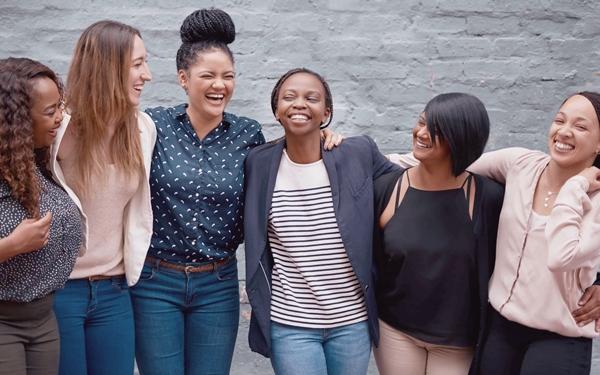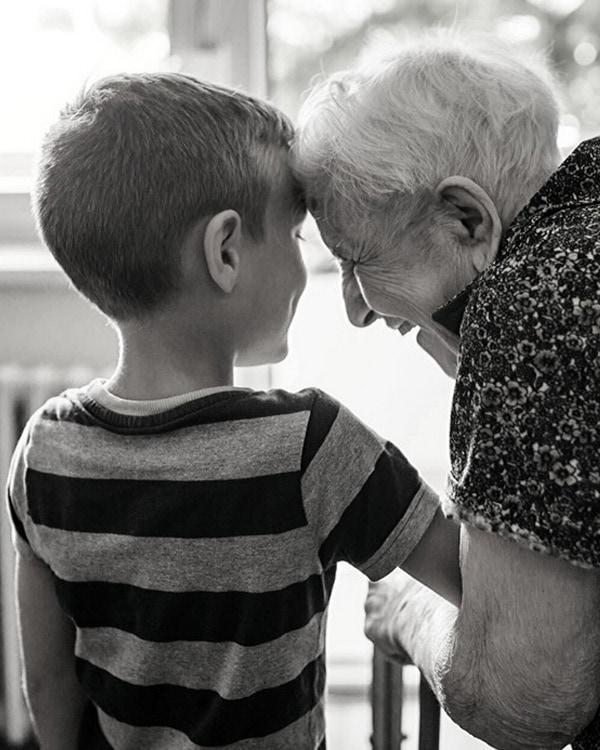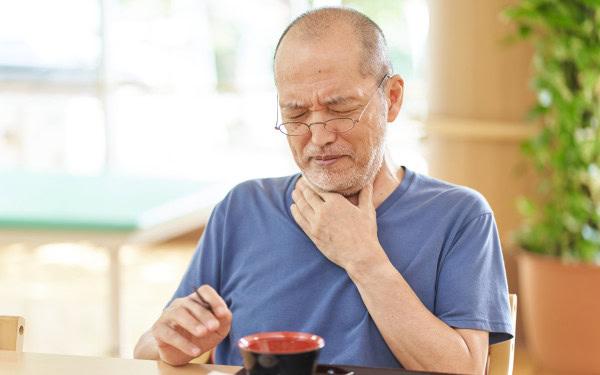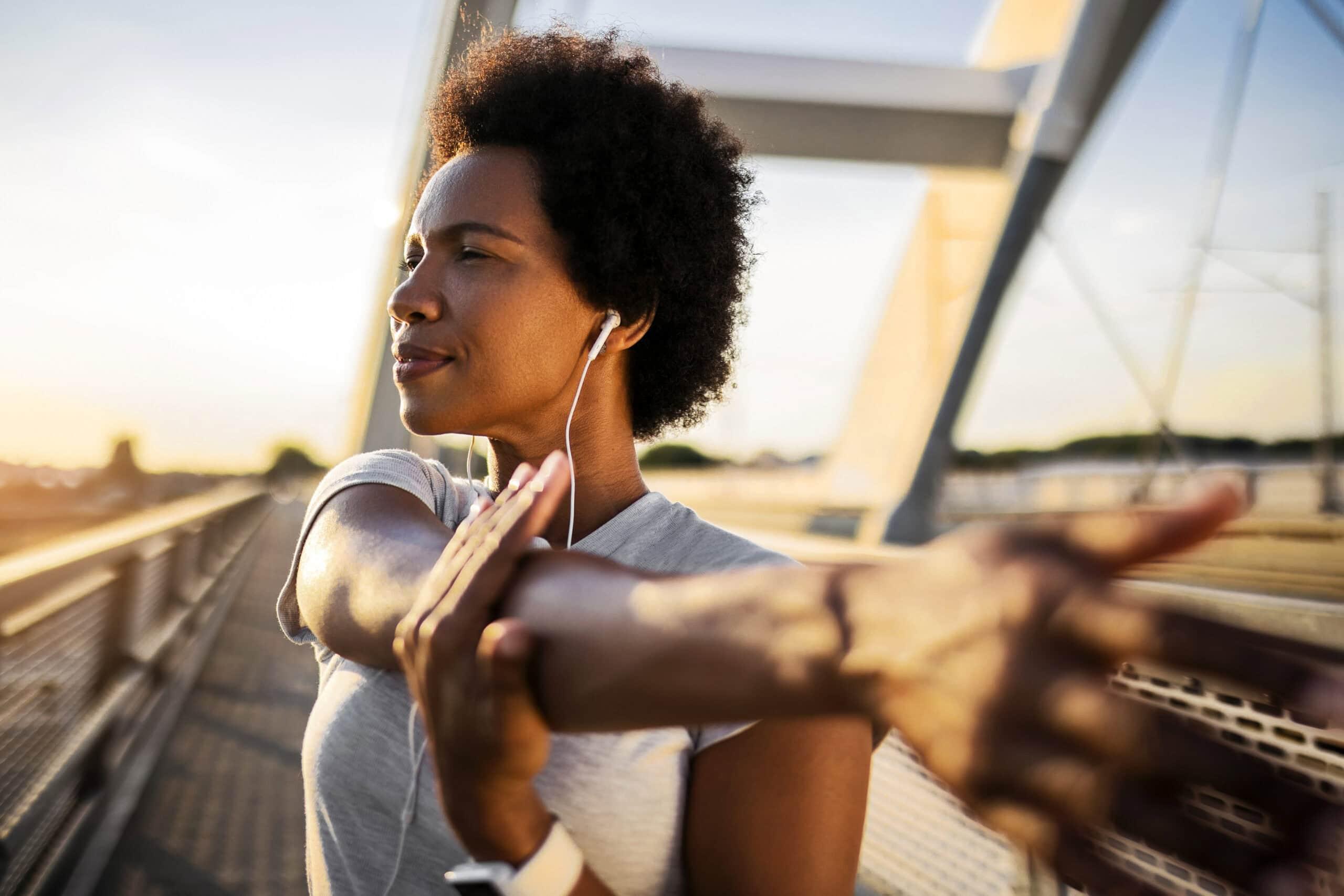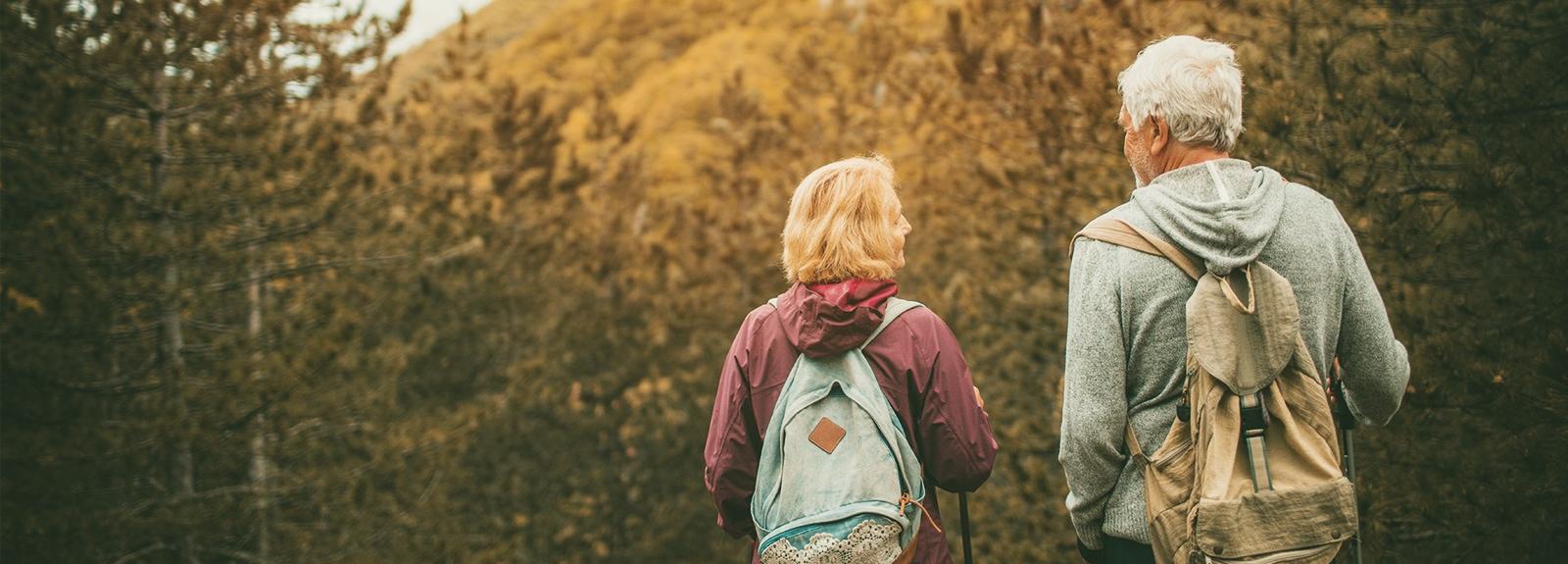
The Importance of Fall Prevention in Reducing the Risk of a Broken Bone

The Importance of Fall Prevention in Reducing the Risk of a Broken Bone
Although falls can happen to anyone, fall prevention is especially important for the elderly and individuals with osteoporosis who have a higher risk of breaking a bone during a fall, than those without osteoporosis. Among older adults, falls cause 63% to 83 % of hip and non-spine fractures and about 45% of spine fractures.
Falls are the leading cause of injury-related hospital stays among older adults in Canada. Approximately 30% of those aged 65 years and older and 50% of those over 80 – fall at least once each year and those who fall are two to three times more likely to fall again. Falls can cause soft tissue injuries, head trauma, sprained wrists and ankles, fear of falling again, fractures and sometimes even death. The good news is that falls, and the injuries they cause, can be prevented.
What are the primary causes of falls?
- Environmental hazards
- In the home: scatter rugs, protruding objects, slippery floors, pets, standing on unstable items to reach high places, improper footwear, poor lighting, stairs with no handrails
- Outdoors: ice, snow, wet leaves, uneven terrain, improper footwear
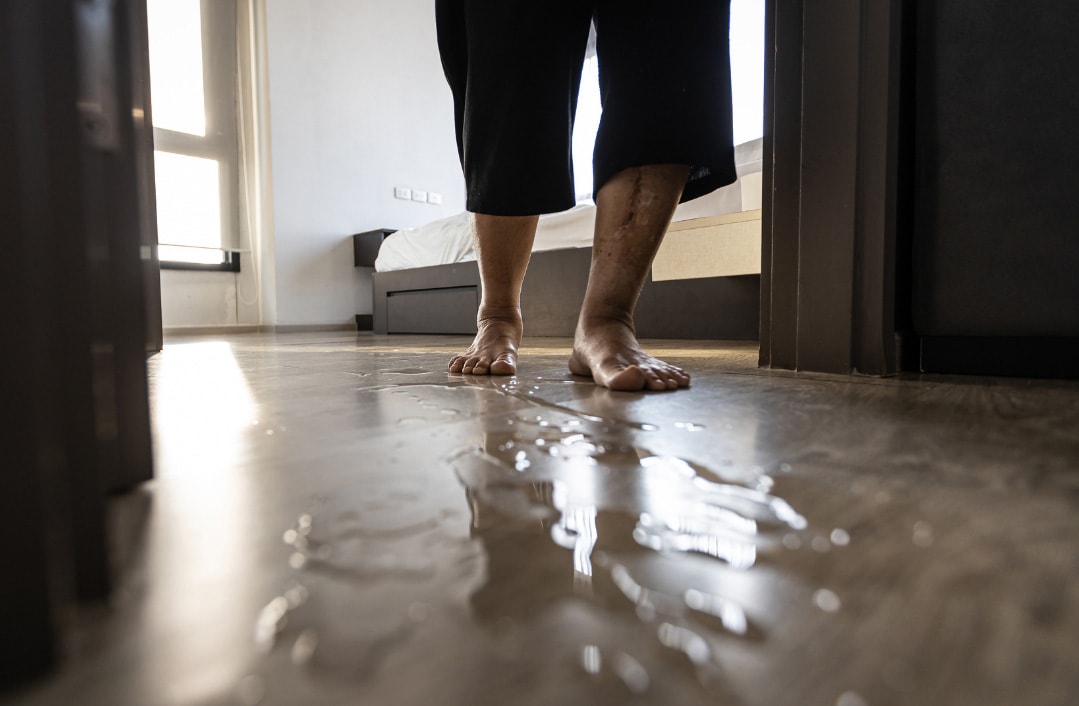
- Excess alcohol
- History of previous falls. A previous fall increases the risk of another fall threefold.
- Factors related to aging
- Poor vision. Bifocal or multi-focal glasses distort depth perception. With age, clarity of vision is reduced, especially at night. Cataracts, macular degeneration and glaucoma affect vision.
- Poor hearing
- Poor reflexes
- Poor balance
- Kyphosis (rounded back) impairs mobility and increases the risk of falls and fractures.
- Changes in muscle mass means reduced strength, frailty.
- Some medications can increase fall risk – sleep aids, antidepressants, blood pressure medications can cause dizziness, confusion, slowed reflexes or reduced alertness.
- Some medical conditions contribute to fall risk: hypoglycemia in diabetes, hypotension.
What can people do to prevent falling?
People with osteoporosis, and those at risk of developing it, can prevent bone loss, fractures and falls by following an exercise program that combines weight bearing, strength training, balance and posture exercises. Consider consulting a physical therapist with expertise in osteoporosis to design and implement an exercise program that reduces the risk of falls and fracture.
Other ways to reduce the risk of a fall include:
- Change the environment (e.g., removing slip and trip hazards)
- Avoid medications that increase the risk of falls
- Get regular medical checkups and vision and hearing tests to detect and treat conditions that increase the risk of falls
- Make use of appropriate mobility aids and assistive devices. A cane or walker can provide support and improve balance. A grab bar in the bathroom can help prevent falls.
Some specific things to be aware of in winter and especially during the holiday season:
- Most falls occur indoors, inside the home.
- Make sure your indoor shoes are just as safe as your outdoor boots, i.e., that they have a non-skid sole and can’t slip off your feet.
- Inside, be aware of obstacles and potential tripping hazards. Over the holiday season, more people visiting may mean more loose items on the floor such as shoes, purses, gifts, gift wrap and spilled drinks.
- If younger children are visiting be aware of toys, mittens, coats, sweaters, scarves, hats and anything else that isn’t attached.
- People may track snow into your hallway or foyer. Be sure to wipe up wet spots as soon as possible to avoid slipping on them. Door mats can also be used to absorb melting snow provided they are non-slip and non-trip with a good rubber backing.
- Outside your front door, wet or icy surfaces can be slippery and can cause a fall. Tread carefully and use handrails whenever ascending or descending stairs, no matter how few the number of steps.
- Keep the stairs and sidewalks of your home clear of snow and ice and sanded or salted to prevent slips.
What other measures can I take to reduce the risk of falls?
Nutrition
Bone strength can be maintained and possibly improved by eating well. Osteoporosis Canada recommends adequate dietary protein and calcium and adequate vitamin D supplementation all year round. Vitamin D supplementation has been shown to increase muscle strength and to reduce falls. It is also important to eat regularly, as skipping or delaying meals may cause you to feel weak or dizzy, further increasing your risk of falling.
Hydration
Poor hydration often lowers blood pressure, which can lead to dizziness, falls and fractures.

How To Take Medications
As we age or as our health changes, medications that we have been taking for a long time may need to be adjusted or changed in order to maximize their benefits and minimize their side effects. This is particularly important if you have already fallen.
Sleep
Proper sleep improves alertness, which improves balance and decreases fall risk.
Footwear
Make sure you walk safely by wearing proper shoes with good tread and firm support. Avoid walking on slippery surfaces, especially in socks or stocking feet. Whether walking indoors or outdoors, it is important to wear shoes with a non-skid sole that isn’t too thick.
Falls Clinics
Because there are many risk factors for falls, many healthcare centres have falls clinics that provide help with fall prevention in one program on an individual basis.
If you have fallen or are afraid of falling, do not ignore it or put it down to “just being nervous” or “clumsy” or “in a rush.”
- Consult with your doctor for a “falls” check-up.
- Your pharmacist can also review your medications (including any non-prescription remedies, natural health products or foods) for side effects and interactions that may increase your risk of falling.
- You may also consider wearing a personal alarm device around your neck or on your wrist. This will allow you to call for immediate assistance by pressing a button if you fall or get hurt.
In Partnership With

